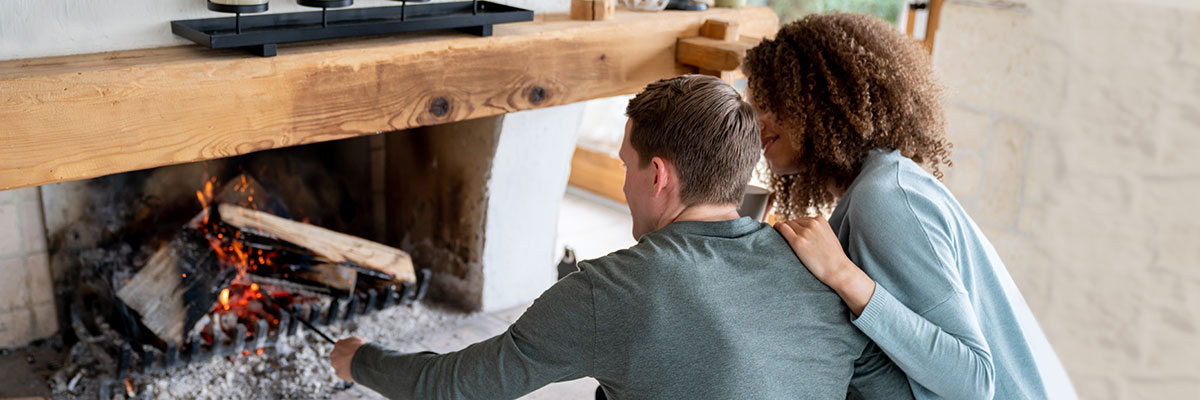
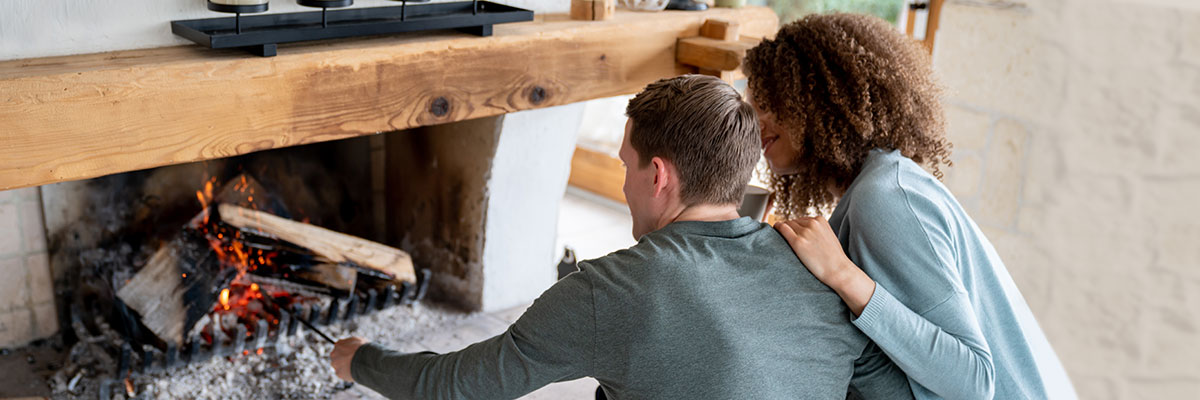
Preparing Your Home for Winter
We may not get long-term freezes and deep snow drifts like our friends in the north; however, it is still important to prepare for the colder weather and the occasional freeze to help you save on energy costs and keep your home comfortable all winter long. Follow these helpful checklist items to get your home ready for the winter.
How to Prepare
Including inside and outside tasks on your to-do list when preparing ensures everything gets looked at and secured before a freeze or wet winter weather does arrive. Start with a quick tour of your home and make a note to come back to the items you found that need to be prepped or repaired. Read on for areas that may need special attention.
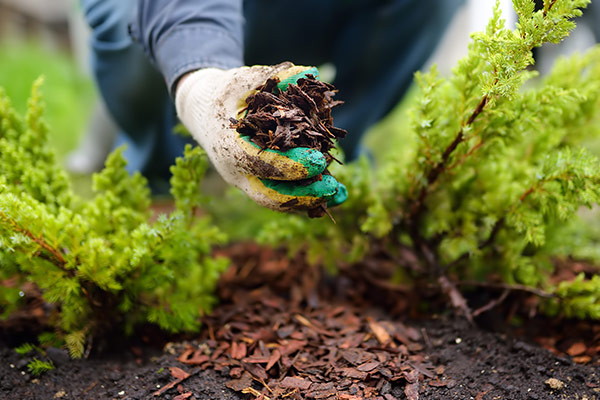
Outside and Garden
- Cleaning your rain gutters keeps them from getting clogged up. Sticks, leaves, and other debris can prevent rainwater or melting snow from flowing through your rain gutters causing a backup. Backups can cause water damage to the side of your house and foundation. To clean your gutters, use gloves or a pressure washer to clear out any stuck debris to keep the water flowing down.

- While you are looking upward at your gutters, check for and remove any low-hanging tree branches that are near your roof. Ice could accumulate on a branch and cause it to fall, especially if that branch is already dying. A fallen branch can cause damage to roof shingles, gutters, and windows.
- Be sure to check your deck for any signs of wear like splintering or warped wood. Replacing or fixing boards ensures the freezing temperatures and wet weather won’t make damage worse and cause a problem this coming spring. Store away any deck furniture that can be moved to protect it from the weather and cover anything else too large to store.
- Mulching your garden bed is important for its well-being not only in freezing weather but during frosts as well. Mulching protects soil and dormant plants from heaving and churning soil during freezing and thawing temperatures. This will be especially important if you planted in the fall as the roots on those plants will not have had time to fully establish and need to be kept warm.
- Get your sprinkler system ready for the winter as your lawn will become dormant and won't need to be watered. Shut off the water to the system before the first freeze and drain it to prevent a busted pipe. Don't forget to turn off the timer to prevent the system from trying to turn on. Along with the sprinkler system, be sure to cover any outdoor spigots that could be exposed to freezing weather.
- Look at your driveway closely for cracks as frost heave or water settling in and freezing can make cracks worse in concrete. Fill them with a concrete caulk or other sealant before the temperatures drop below 50 Fahrenheit.
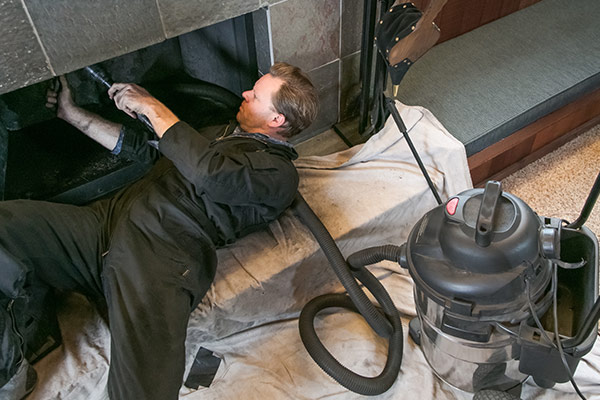
Inside Your Home
- Caulking and weatherstripping your door frames, windows, and the bottom of your garage door will help save on energy bills. This helps keep warm air in and cold air out. Be sure to get an outdoor caulk which is designed to withstand the elements. Weatherstripping can also add an extra layer of protection to help prevent dust and moisture from entering your home. This will add energy savings to your family budget.
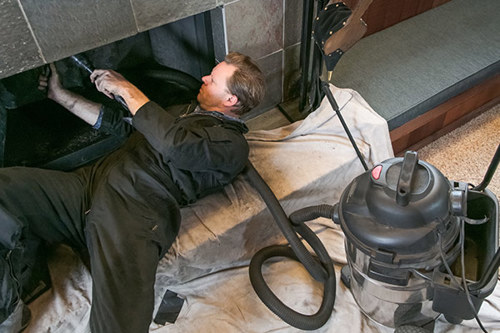
- Replacing furnace filters will help keep your furnace running smoothly. Filters catch dust before it has a chance to get caught up in your furnace. However, a clogged furnace filter overrun with dust can cause your furnace to work harder and wear out faster. Replacing your filters regularly can help lower energy costs when you are using your heating the most.
- Inspecting your fireplace before you start all those cozy winter fires will help keep your family safe from a dangerous situation. It is usually best to have a professional chimney sweep inspect to ensure birds or other creatures have not built their homes in your chimney and check for other damage. Before you start to use your fireplace, clear out any dirt or debris that may have accumulated and ensure your damper is working properly.
- When colder weather comes, you will be switching your air conditioning over to your heater. Along with this, be sure to switch your ceiling fans to rotate clockwise as this will help push warm air downward. Most ceiling fans have a switch to flip the rotation.
McCoy's Helps You Prepare for Winter
Inside and outside maintenance is key in preparing your home for cold weather. McCoy’s has all you need so you can make your home comfortable during winter. Shop online or in store today to get your supplies.
